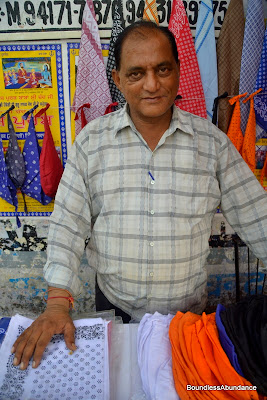Kashmiri hospitality is incredible! Through SERVAS International, an organization that aims to create a more peaceful world by linking travelers with local hosts to foster cross-cultural dialogue, we connectd with Nazeer Wani. A native of the state capital Srinagar, Nazeer was more than excited to put us up on his family’s houseboat, which turned out to be amazingly plush.
To get around the longstanding law that forbids non-Kashmiri landownership in the region the colonial British developed a unique houseboating culture on Srinagar’s two lakes to escape the summer heat of the south—and an escape from the south it is. A long and brutally curvy road twists over the mountainous divide on the southern approach from Jammu; the city sits in an fertile valley ringed by quickly rising peaks; the air is less polluted and the land is less treaded on; the weather is temperate and water is abundant. Kashmiris are predominantly Muslim, descendants of Middle Eastern trans-Himalayan traders, making them ethnically distinct from the Hindu majority of the country that took root south of the Indus River. Through the generations Kashmiris have evolved into India’s most suave and successful merchant class—they can now be found anywhere there is a decent flow of international visitors, charismatically peddling their goods with impeccable English. As a result the relatively small population of the region is fairly wealthy and worldly compared to much of Indian.
As the northern most Indian state, wedged between hostile Pakistan and China, Kashmir has been the scene of military posturing and at times violent conflict over the past decades. All western nations, with the exception of recently Germany, don’t advise visiting the region for this reason, though violence and strife only abstractly entered our realities through conversation during our stay.
Racing the changing seasons and closing mountain passes we were only able to spend four short days in God’s Country before moving east, but a great four days it was...
(click to enlarge)
Our neighbor, a typical Kashmiri houseboat.
Kashmiri tea upon arrival on board.
Our living room, we had the whole boat to ourselves!
Back Deck
Nick and I with our host Nazeer.
Back deck panorama.
(click to enlarge)
Merchant Boats
Watching the Kingfishers.
(click to enlarge)
Lotus Patch
(click to enlarge)
Lotus pods with tasty seeds.
This stuff grows everywhere.
(click to enlarge)

























































